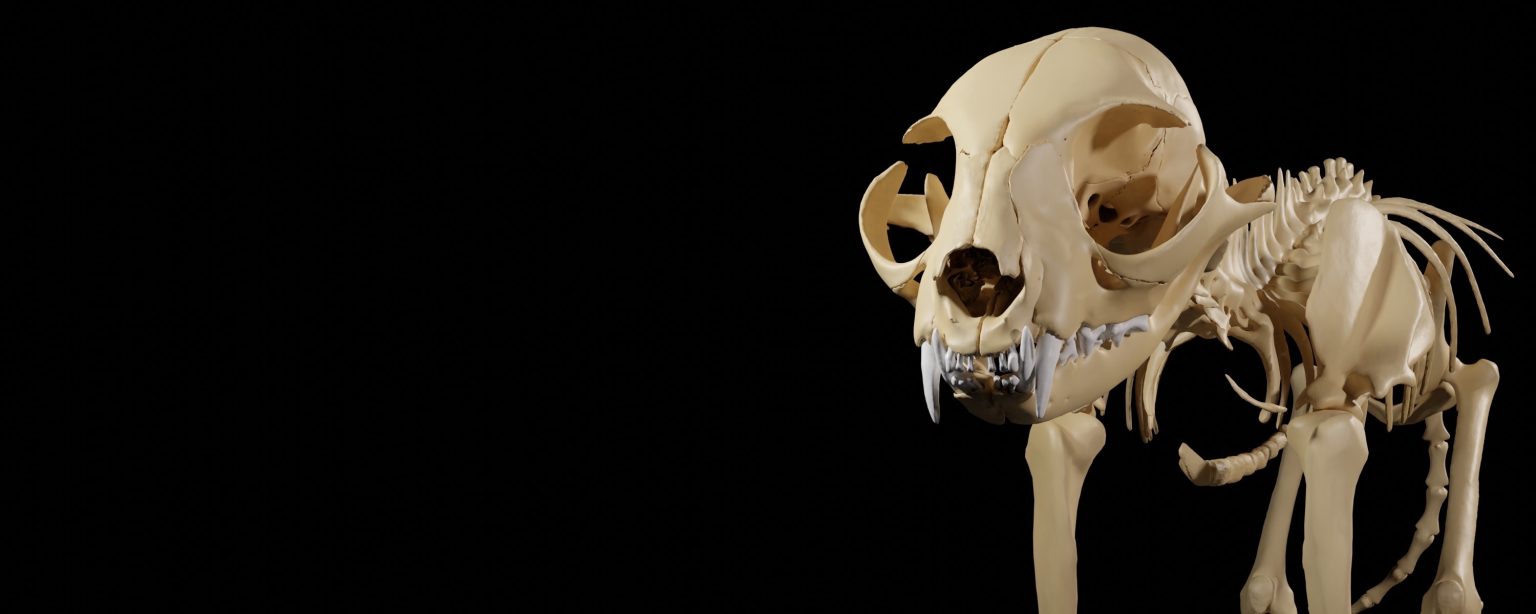From a distance, the skin of sharks may appear smooth. But if you could feel a shark’s skin you would notice that it feels smooth if you run your hand from the head to the tail but rough (like sandpaper) in the opposite direction (from tail to head). This is because shark skin is covered in tiny sharp scales called dermal denticles. These denticles have multiple functions, including directing the flow of water across the skin to decrease turbulence (making swimming more efficient and stealthy for sharks to sneak up on prey) and resist the ability of parasites to latch onto the skin.
The dogfish shark denticle was one of the first digital 3D models that we created, based on images of actual dogfish shark denticles viewed through a dissecting microscope at the highest magnification. Because they’re so small, just 0.3-0.4 mm, it is really difficult to get a sense of their 3D structure. In the literature, there were only views from particular perspectives, not a full 3D model.
We created this rotating denticle animation in the 3D modeling program Blender to show the three dimensional shape of the denticle from multiple views. We used a slightly transparent material to mimic the appearance of an actual denticle. This same digital model is the basis for our 3D printed denticle, scaled 100x larger than lifesize, which allows students to feel the shape of a structure they would otherwise not even be able to see.
Created by: Aaron Olsen, PhD
Software used: Blender
License: CC BY-NC-SA 3D Anatomy Studios


